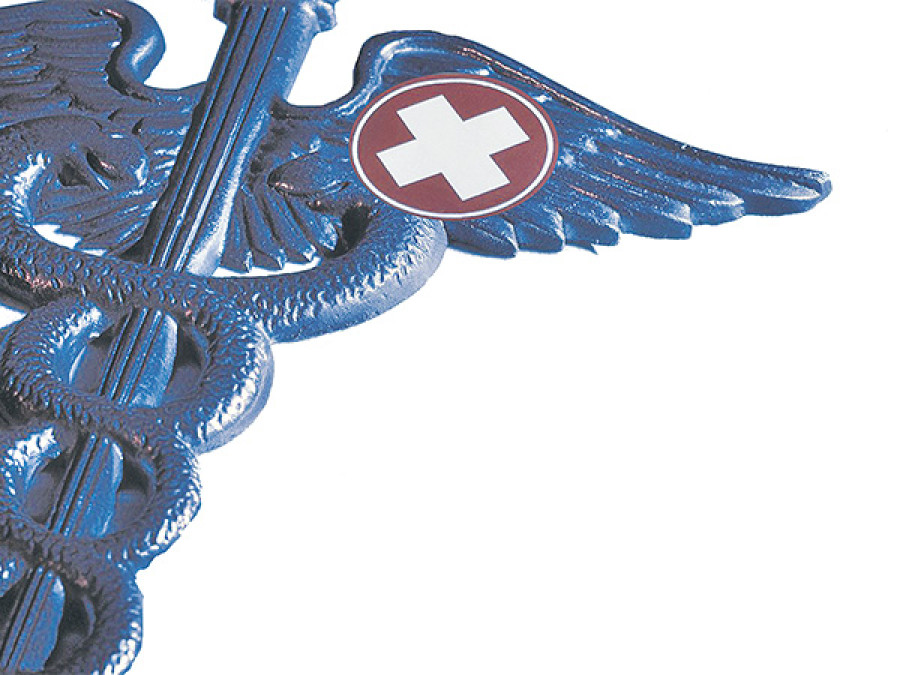Miscellaneous
All in this together
A doctor at KMC recounts how she and her colleagues stuck with their work, despite the repeated tremors over the last many weeks, to provide medical care to the patients that came streaming in to her hospital
Dr. Arpana Neopane
After the first shocks had subsided, I first thought about my family, and then I started worrying about whether things were all right at Kathmandu Medical College (KMC)’s hospital, my ‘karmasthal’. I made frantic calls to the hospital but could not get through. Finally, at around 3 pm, a resident told me that everything was fine at KMC but that the casualties had started coming in.
I was happy and relieved that everyone was safe there and already involved in the Triage area in front of the emergency ward. I wanted to get there as soon as possible and provide some moral support; but I could not until late evening, when my lecturer who was at Teaching Hospital, donating blood for an earthquake victim volunteered to come all the way from Maharajgunj to Gwarko and took me, finally, to KMC. The first person I met in front of the emergency was our lead, who was apparently too busy and stunned by the day’s ordeal to say anything.
The second day dawned quite pleasantly in spite of the numerous aftershocks throughout the sleepless night. We reached our hospital as early as possible because that was the only place we knew we needed to be. As the number of casualties increased, my doctors kept on working at a very efficient clip. They were not only taking charge of the disaster Triage, but also helping wherever the need arose placing IV cannula inside veins, dressing wounds and encasing fractures in plasters. Others were attending to the inpatients and the patients in the medical intensive care unit. I am eternally grateful to my doctors who remained on duty despite their fears and also the nurses who proved that there were still Florence Nightingales around to help the sick.
Then the Everest avalanche victims were brought into the Triage area. All of us started attending to them. But right about then, another quake, of 6.8 magnitude, struck, and the ground under us started shaking. We decided we had to evacuate the hospital. A senior doctor from the surgery section, along with the disaster overseer and I, went back inside the building in spite of the continuous shakes and started evacuation procedures, and we discharged some of the patients. Some of the patients refused to shift from the fifth floor ward of our hospital, saying they were not afraid. But we were!
Shifting the patients from the Medical ICU was indeed a very difficult task, two of them were critically ill and on ventilators. Even today, I am still amazed by how my doctors were able to deal so professionally with the patients when we were moving them. Finally, all the patients were shifted to the parking area, which we had never thought would be used as a makeshift hospital. The area was dusty and dirty. But we had to be content with what we had because there was no other option. But then the Armed Police Force (APF) came to our rescue and allowed us to use their grounds nearby.
At this point I must also mention the Nepal Army. I remember how they worked day and night to help the Nepali people, and they helped out at KMC too. They set up an Indian Army camp near KMC, on the APF grounds, on the third day; it was operational from the fourth, after a single call for help. Indeed KMC operated both its OT and ward facilities for some time from that camp.
As for our Internal Medicine patients, we shifted them to the area near a container in the APF camp. We had a variety of patients, some in serious condition, some not so much, but we worked on all of them in that area until we shifted them back inside the hospital after a week.
Life slowly began inching towards normalcy in Kathmandu. The tented encampments slowly got less dense and people started cleaning their houses. We too had left the APF camp and were working out of our hospital. The OT and ICU were now functioning normally on the sixth floor. I had to leave for India on May 8. On May 12, while I was still in India, I heard that another big quake had rocked Kathmandu. Although I could not be at work, I heard that my team stood by the patients; the medical personnel held each other’s hand and together decided that they would not be disheartened by the jolts, and they continued to work in exemplary fashion.
All through the ordeal that started on April 25, my patients too have been nothing but exceedingly patient and understanding. They stayed put wherever they were shifted to, without complaining, and thus made the work of the doctors that much easier.
[Professor Dr Arpana Neopane is the Head of the Department of Medicine, Kathmandu Medical College, Sinamangal]




 7.12°C Kathmandu
7.12°C Kathmandu










